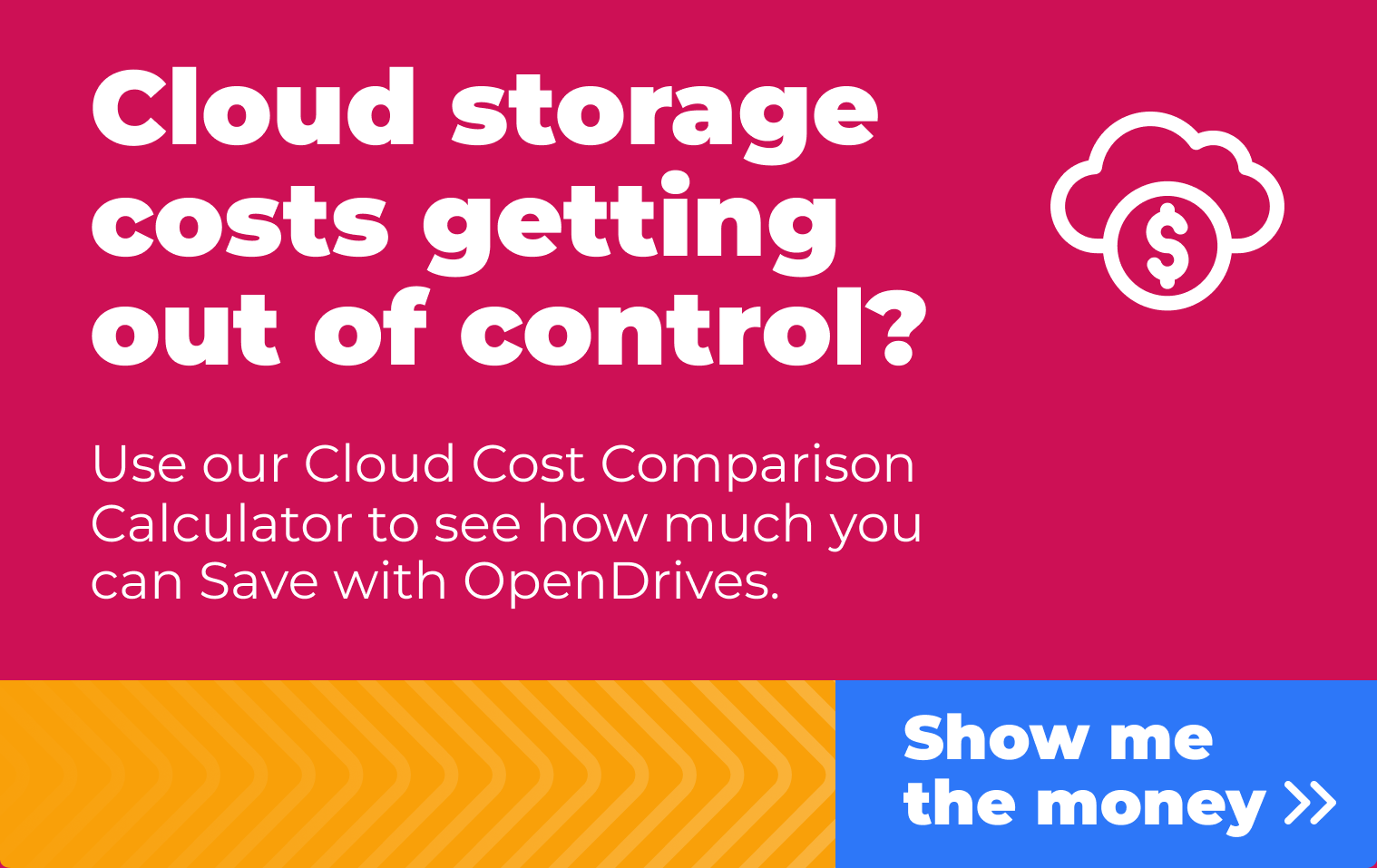
Building the Future of Sports Broadcasting: An Interview with NFL’s Jason Schroeder
Just as the media industry is ever-evolving, so are post-production methods and workflows and there is “no one size fits all.” The pandemic forced many to rethink traditional approaches, accelerating the shift towards hybrid on-premises and remote editing solutions. In a recent conversation, Sean Lee, CEO of OpenDrives, and Noah Gusdorff of Creative Mobile Solutions and Remote Picture Labs offer their expert insights on the challenges and innovations shaping this transformation.
Creative Mobile Solutions was founded in 2008 with the aim of taking post-production to unconventional places, specifically broadcast trucks at live events. However, the pandemic presented new challenges and opportunities, which ultimately led to a partnership with J/KAM Digital and the formation of Remote Picture Labs—a brand dedicated to remote workflows. Utilizing a GPU-powered virtualization cluster on a private cloud, they enabled editors to work on scripted projects from home using tools like Avid Media Composer, Adobe Premiere, and Blackmagic Design Resolve. This made them a perfect candidate to collaborate with OpenDrives, a team from the media and entertainment industry who solve challenging data storage, management and creative workflow problems.
Defining Your Terms
Pre-pandemic, remote work often meant being on location. During the pandemic, “remote” evolved to mean working away from co-workers, often from home. Now, the term “hybrid” describes a flexible approach where professionals can work from the office, home, or even the beach. Each client’s definition of remote work can vary significantly, so it’s essential to tailor creative workflow solutions accordingly.
The initial planning conversation with clients is crucial. Many clients may not be aware of all the possibilities offered by remote and hybrid solutions. The goal is to understand the client’s objectives rather than focusing solely on specific tools. By educating clients about new technologies and defining what “remote” means for them, custom solutions can be developed to meet their specific needs.
One of the most significant challenges is finding the right tools and manufacturers that facilitate seamless integration. Gone are the days when clients could rely on a single product line and maintain vertical integration by solely purchasing from one vendor. In today’s dynamic environment, tools must be flexible and adaptable to various conditions. There is no “one size fits all.” There is only “one size fits one.”
The Importance of Playing Nice in the Sandbox
Clients expect rapid responses and solutions to their sudden requests, which means you often can’t rely on off-the-shelf tools alone. When sourcing from a diverse range of manufacturers, it’s critical to validate the capability to interoperate and maintain robust performance across various platforms. Essentially, the ability to “play nice in the sandbox” with multiple technologies and products is paramount. To address last-minute requests efficiently, tools must interact seamlessly with other systems, with minimal (or ideally, zero) downtime.
When selecting manufacturers, prioritize those that are willing and have the ability to collaborate. Seek out hardware and software that are not only high-performance but also capable of being repurposed for different projects. This flexibility is crucial, especially when dealing with “Oh, by the way” moments. Anyone who has worked in this field knows the scenario: a client insists on a specific approach, only to request changes at the eleventh hour before going live or delivering the final product.
To learn more about some of Noah’s most dramatic “Oh, by the way moments” while working on some well-known live sports and award shows, watch our latest video.
Partnering for Success with Technology Providers
This raises another crucial element: the collaboration with technology providers and system integrators to help determine the best solutions. Customers can assume products could do something they weren’t designed for, or they didn’t fully understand their own requirements. Hence, the planning phase must include thorough discussions with all technology providers involved. It’s testing, validating, and ensuring everything works before deployment.
One of the most significant lessons learned is the importance of always having a backup plan. The reality is that something will inevitably go wrong, so being prepared is crucial. One foundational, yet often overlooked, aspect of this preparation is the documentation. It might sound mundane, but thoroughly understanding technical documentation can be the difference between success and costly mistakes. Just because a brochure claims a product has certain capabilities doesn’t mean it will function exactly as expected. Digging into a manufacturer’s technical documents allows you to see how to properly implement their products.
A key criterion is a vendor’s willingness to engage in a dialogue. No product is perfect, and every workflow is unique. Seek out companies that are open to feedback and willing to discuss potential improvements. While you may not get all the features you want immediately, having a constructive conversation about challenges and potential solutions is invaluable. It’s refreshing to see many companies now willing to have this dialogue, compared to six or eight years ago when options were more limited and rigid.
Noah has witnessed clients purchase tools they believed would work seamlessly together, only to find out too late that they didn’t. This oversight can cause expensive problems. Before diving into any project, you need to deeply understand every facet of the technology involved. Ask manufacturers questions, such as “This is how we plan to use your product. Does it align with our design?” This process is essential because things do break and having a backup is non-negotiable.
Noah cites his relationship with OpenDrives as a good example of this process. “The storage is really fast, it’s really performant and it works with pretty much any software package that we need to connect to storage,” he said. “We were operating with a much bigger safety net early in our relationship with OpenDrives where we ran everything by them and vetted it all. Now we’re much more cavalier. ‘Connect it, it’s probably going to work. If it doesn’t then we’ll talk to OpenDrives about it.’ But we have a near perfect success rate with whatever workflows we want to run through.”
“We were operating with a much bigger safety net early in our relationship with OpenDrives where we ran everything by them and vetted it all. Now we’re much more cavalier. ‘Connect it, it’s probably going to work. If it doesn’t then we’ll talk to OpenDrives about it.’ But we have a near perfect success rate with whatever workflows we want to run through.” —Noah Gusdorff, President at Creative Mobile Solutions & Co-Founder at Remote Picture Labs
Crafting Connections: The Human Factors in Hybrid/Remote Editing
Hybrid remote editing doesn’t just change workflows; it significantly affects the human factors involved in production. Technologies designed to streamline remote editing can enhance collaboration and communication, making the human experience more seamless and integrated. The key is to ensure that tech advancements support human creativity and efficiency rather than hinder them.
OpenDrives prioritizes the human aspect of our technology. Our goal is to make tools that not only perform well but also enhance the user experience for every team member involved in the production process. By focusing on user-friendly interfaces, robust support systems, and continuous improvement based on user feedback, we strive to bridge the gap between technological innovation and human needs.
To future-proof your business, exploring hybrid on-premises/remote workflow options is a crucial step towards greater innovation and success. To hear more from Noah Gusdorff and Sean Lee, watch our latest video interview. And for those looking to unlock the full potential of innovative data and content storage solutions, talk to us about how OpenDrives can empower your team and boost your business outcomes.


